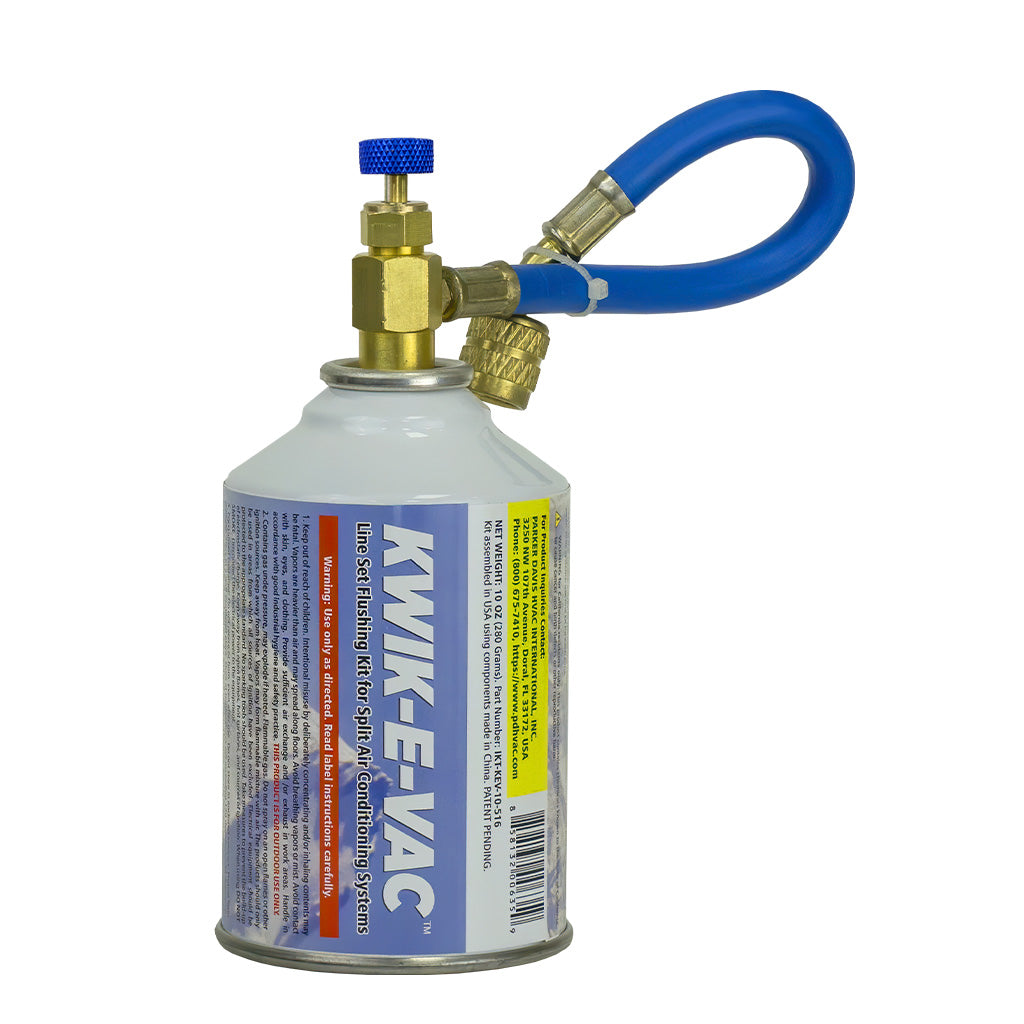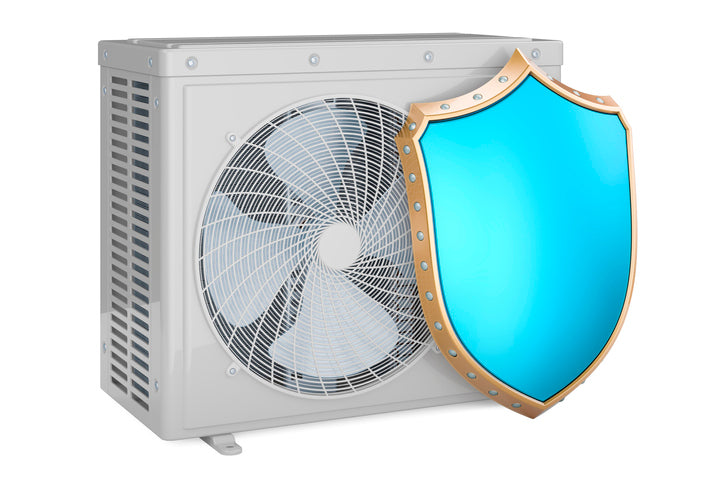How Many BTUs Do You Need To Properly Heat & Cool Your Home?

Have you ever come across a bunch of acronyms while shopping for a new HVAC system? The air conditioning and heating worlds use a range of short-hand phrases to describe a unit's efficiency, quality, and type of service. One of the most common phrases used is BTUs, the British thermal unit. BTUs determine the amount of energy needed to produce a certain amount of heat. The unit calculates the energy used to raise the temperature per pound of water by 1°F. Essentially, BTUs tell you how powerful your heating and cooling system is, helping you find the best unit that properly matches your space and your temperature desires.
Units with higher BTUs in smaller spaces create super frigid and humid atmospheres, while large rooms with a low BTU structure create zero to minimal changes in the room's temperature. Equipping your rooms with a too powerful or too weak system makes it challenging to achieve desired indoor climates and leads to unnecessary energy loss. So, how many BTUs do you need to properly heat and cool your home?
Each room within your home requires a different BTU level to optimize energy efficiency for that specific space. To calculate a ballpark BTU suited for your rooms, you need to figure out the square footage of the area in question. The Environmental Protection Agency (EPA) recommends that you need an output of around 20 BTUs per 1 sqft of space. Once you have the room's square footage, multiply that total by 20, following the EPA's BTU measurement standard. For example, a 400 sqft room would require a unit with a BTU of around 8,000. Most online sources provide a generic scale listing the best BTUs per square footage for a room, making life simpler by eliminating the calculating process. However, there are other external factors to consider when deciding on the most appropriate BTU level.
Insulation
If your home features different insulation forms in the floors, windows, or walls, you want to consider how strong you want your air conditioning and heating unit to work. Well-insulated spaces capture and maintain certain temperatures within that specific area. Insulated rooms won't require as much energy as a room lacking insulation since they minimize the amount of air escaping the room, trapping and controlling the ventilated indoor air. You can achieve your desired room temperature with a lower BTU unit in insulated spaces and still receive maximum air spread and complete temperature control.
Windows
Windows affect a room's temperature as they create potential gaps for air leakage and let in a lot of natural light that adds extra heat to the space. For rooms with windows that lack thick shades or weatherstripping lining the frame, an air conditioning system with higher BTU guarantees a more accurate temperature control over the desired area. The size of the window featured in your space also determines if you need to adjust your BTU goal. Larger windows allow more sunlight and warmth into a room. In warmer locations, added heat from the window may mean that you need a more powerful air conditioning system. Extra heat from the windows is a plus in colder places, but you may not need a strong heating unit depending on how much warmth the window generates.
Location
As mentioned previously, location also plays a role in determining the best BTU for you. In more moderate climates, external temperatures don't impact the internal conditions, making the appropriate BTU depend more on the room size. Powerful air conditioning or heating proves more useful in areas with extreme climates to offset the indoor temperature from the outdoor temperature. Again, home features like insulation can alter the type of power your room may need.
Apartment rooms placed on the interior of a building endure warmer temperatures since they receive their neighbor's excess heat. Apartments sitting in between other compacted buildings further create another potential heat source, making some apartment units warmer than others. Plus, locations that endure a lot of wind, like coastal homes, can use the natural air to cool the indoors, minimizing the necessity of a powerful air conditioner. If they like to have their windows open to receive the fresh breeze, they won't need a high-powered ventilation system.
Type of HVAC System
Different HVAC systems offer ranging energy efficiencies. Ducted networks often lose air as they travel through large vents to get to their destination. This means that you may need to opt for a unit with higher BTU than usual with ducted ventilation to counteract the potential air loss. Ductless units like mini split heat pumps minimize air loss by using smaller tubes to connect their interior and exterior components.
Other Heat Sources
If you are trying to control the heat and cooling in a space, you want to note various heat sources in your room that can affect the temperature. Factors like lightbulbs, heavy-duty computer setups, numerous running technological equipment, showers, and the number of people occupying the space all increase a room's temperature. For you to combat multiple sources of heat, a powerful ventilation system provides optimal air conditioning. If you aim to heat an area with varying heat sources, you don't need a powerful heater due to the amount of warmth already generated within the room.
Once you've taken into account the various sources affecting a room's temperature and measured the size of your room, you can determine how many BTUs you need to properly heat and cool your home. The higher a product's BTU rating is, the more power they exert. The lowest BTU any mini split can create is 6,000, while the most they can produce is around 56,000 BTU on average. Most ceiling-mounted or cassette mini splits offer higher BTU ratings, while regular wall-mounted units tend to produce lower BTU levels. However, the sizes and mount types of an HVAC system don't always correlate to the amount of power they can produce. Pioneer Mini Split's inventory of systems includes all kinds of units, including mini split condenser roof mounts. Our products range from around 9,000 to 480,00 BTUs, providing you with plenty of options to explore and units suited for various situations and room sizes.








